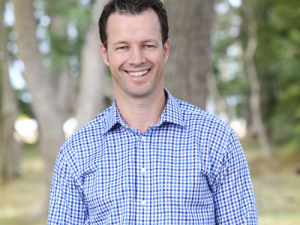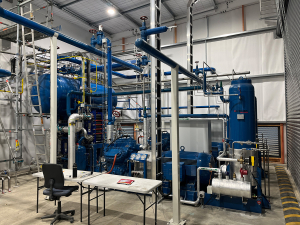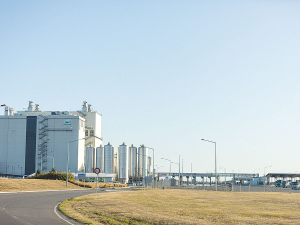DairyNZ chief executive Dr Tim Mackle says tackling dairy’s greenhouse gas emissions is a priority for the sector.
The latest inventory of New Zealand’s greenhouse gas emissions shows that gross emissions for 2016 totalled 78.7 million tonnes of carbon dioxide, a 19.6% increase on the 1990 levels, albeit 2.4% down on the 2015 figure.
The dairy sector is responsible for nearly half of NZ’s agricultural emissions and nearly a quarter of total emissions.
“The dairy sector is well aware of the challenge posed by its emissions profile, and that’s why we are focusing on what mitigation options our farmers can adopt to start making a difference,” said Mackle.
“This is the whole premise of our Dairy Action for Climate Change plan. We are ensuring farmers and the agricultural sector understand the challenge of climate change, the scientific research underway and the environmental mitigations they can make on their farms right now.
“Many farmers across the country are already thinking and working in this way. Much of the work they have underway to improve water quality also has the co-benefits of improving their greenhouse gas emissions.
“Methane, the main agricultural gas, is a large contributor to NZ’s emission profile yet it has increased by only 5% since 1990. This is in contrast to the transport sector whose carbon dioxide emissions have risen by 78% since 1990. The methane emissions increase would have been much higher but for the efficiency gains the sector has achieved.
“We are already one of the lowest emissions producers of dairy nutrition in the world, but we know we need to keep improving to help NZ move toward a low emissions future.
“NZ needs to reduce emissions across all gases and across all sectors. This isn’t just in the transport or agriculture sectors but all sectors. We are all in this together.”
Among the key findings of the inventory were that the slight decrease in emissions from 2015 to 2016 was due mainly to reductions in the use of thermal fuels (coal and gas) and a decrease in the number of sheep.
It found that methane from dairy cattle digestive systems and carbon dioxide from road transport had contributed the most to the gross increase since 1990. The agriculture and energy sectors were the two largest contributors to NZ’s gross emissions -- 49.2% and 39.8% respectively.
The gross emissions are partially offset by the land use, land-use change and forestry (LULUCF) sector, where greenhouse gases from land use are monitored separately from the livestock emissions reported in the agriculture sector. Covering soil, trees, plants, biomass and timber, including crops and pasture, it is the only sector where carbon dioxide is taken out of the atmosphere.
LULUCF offsets nearly one third of NZ’s gross emissions but net emissions nevertheless increased by 54.2% since 1990 because of more trees being cut down and an increase in gross emissions.


















